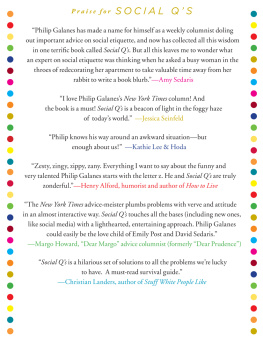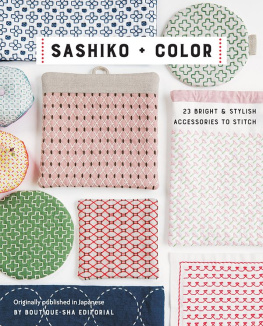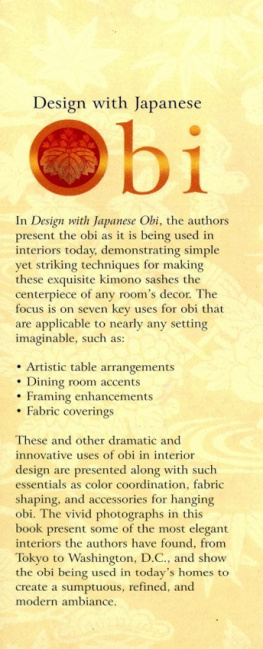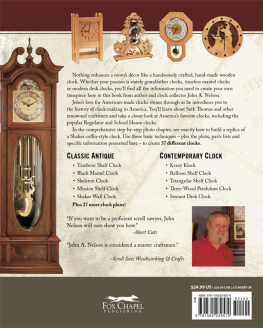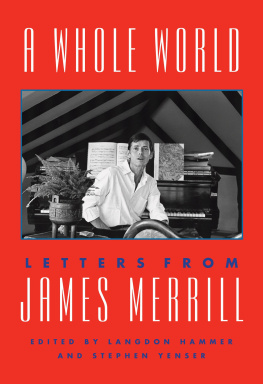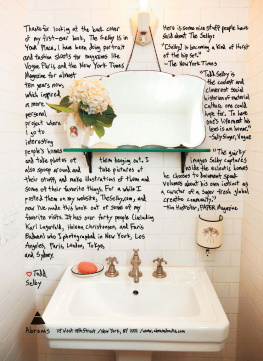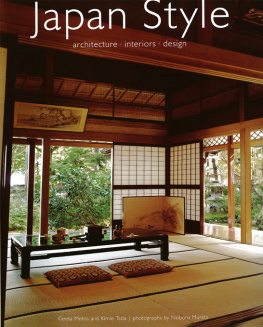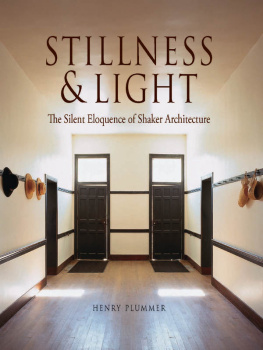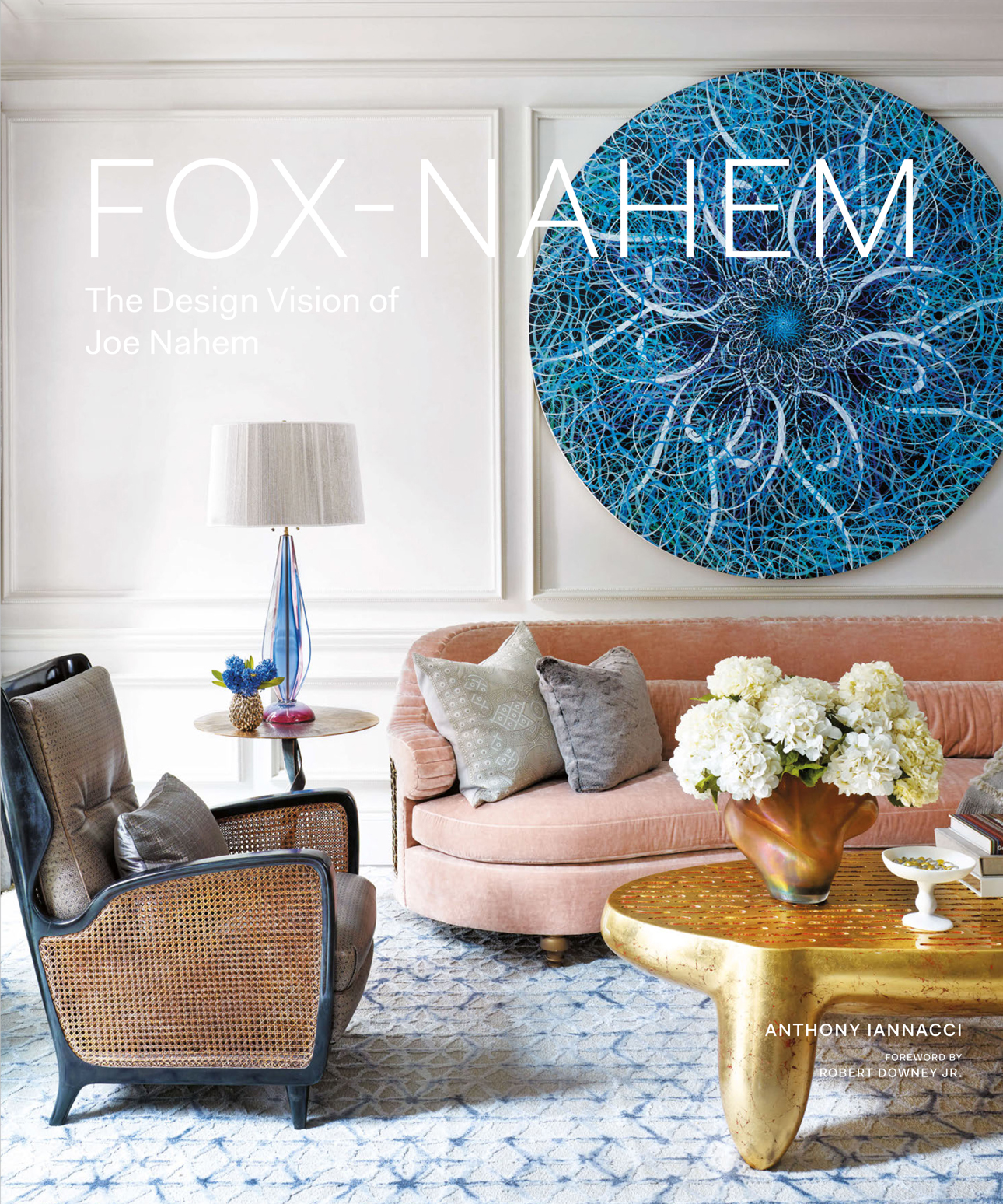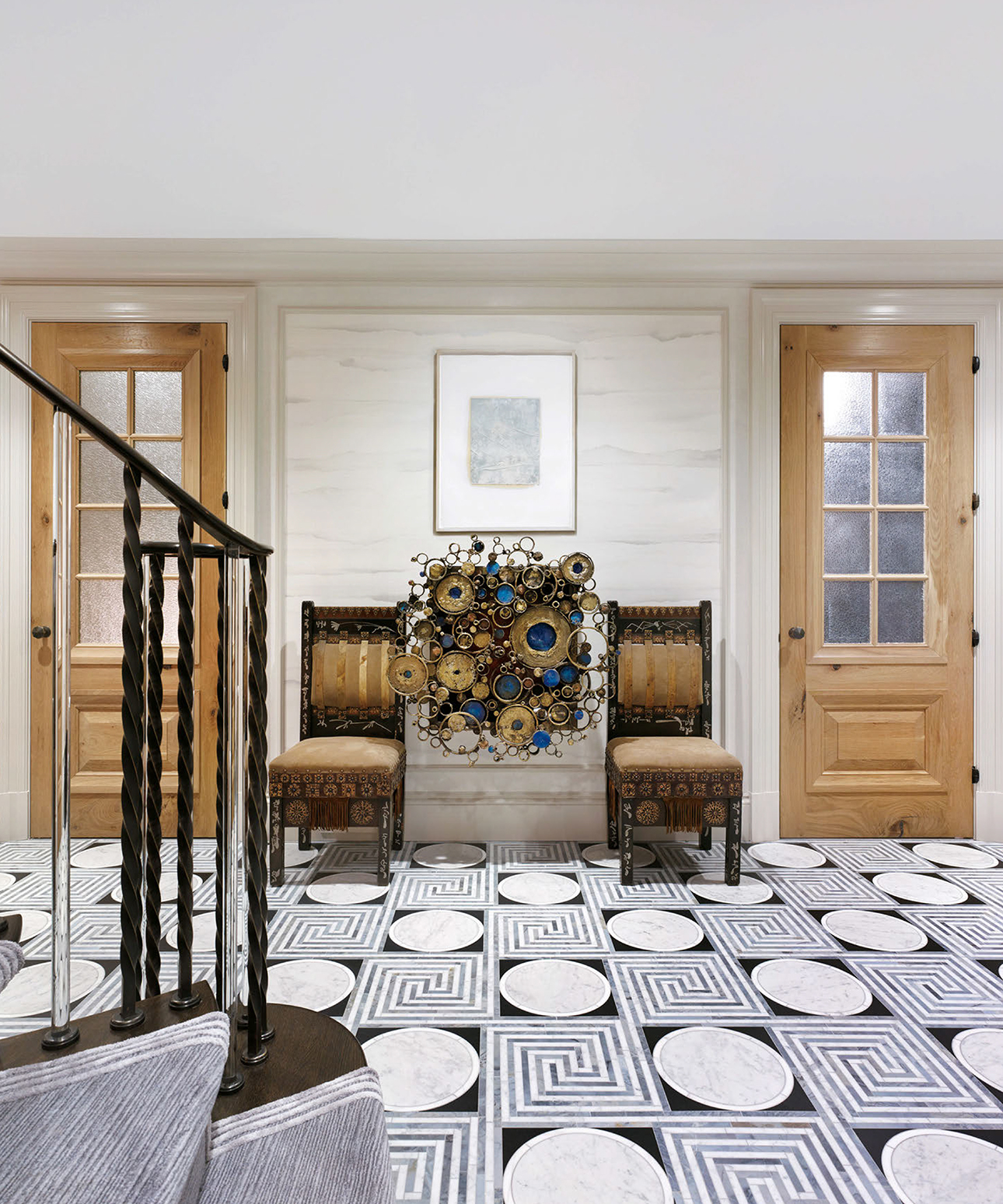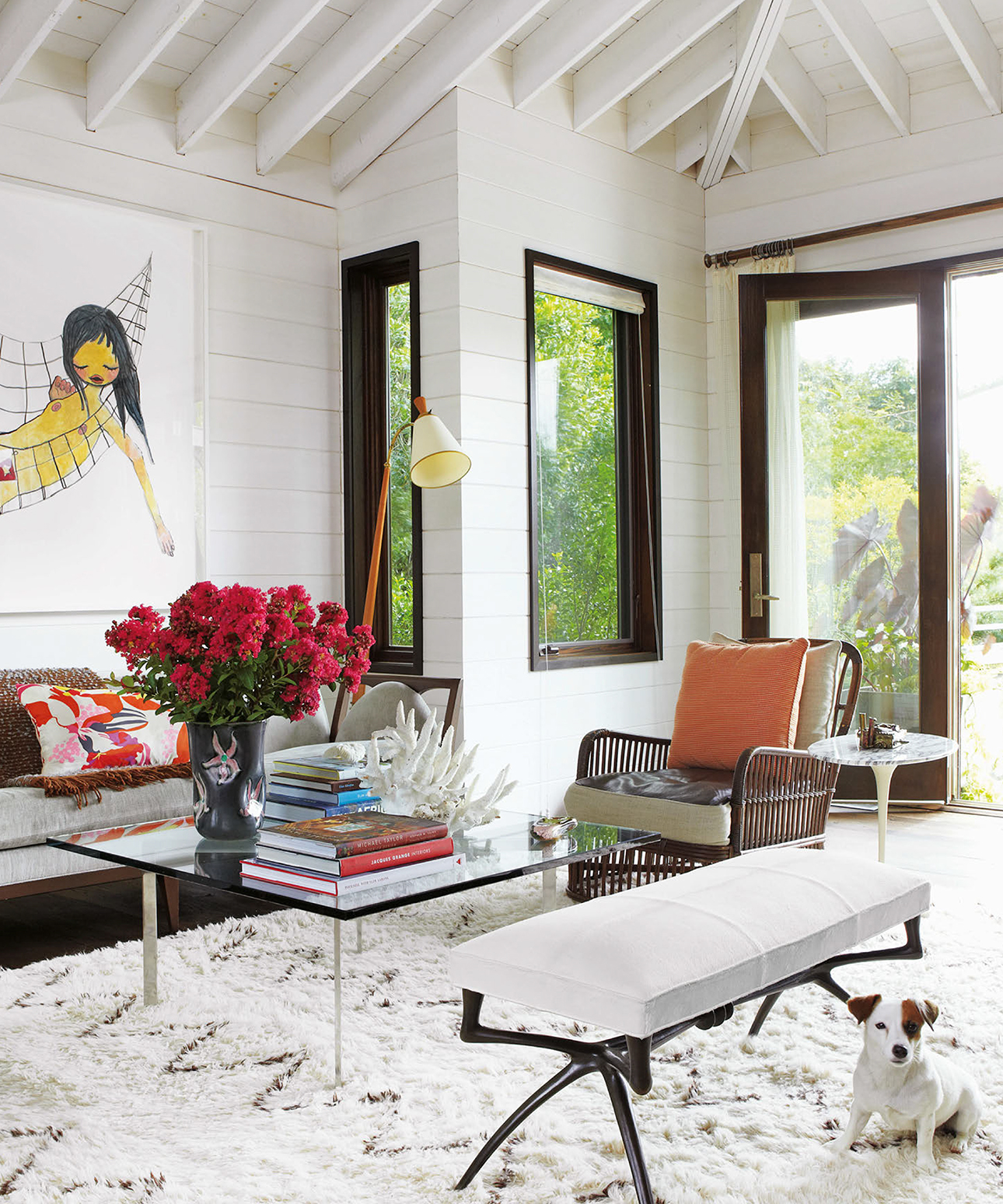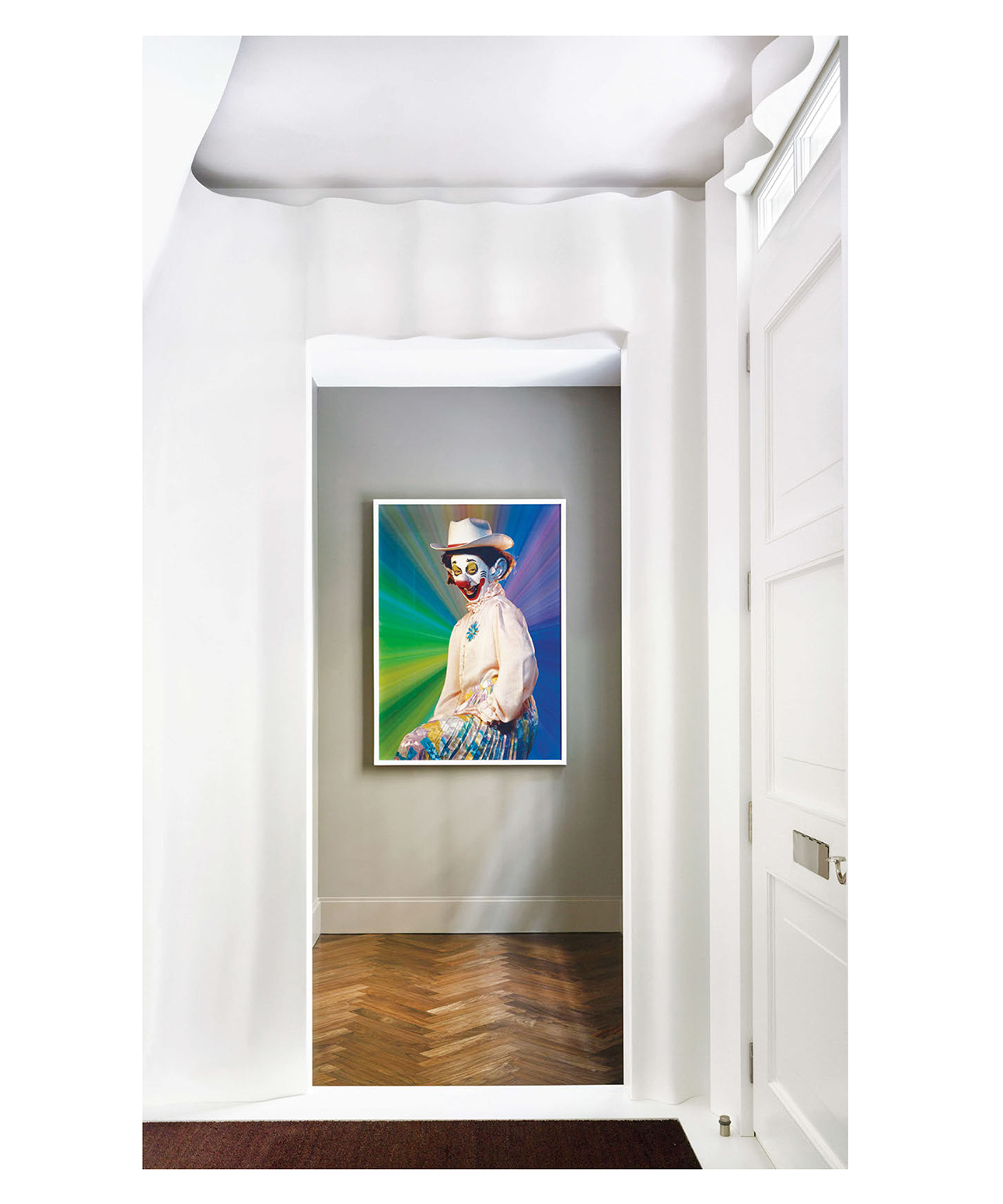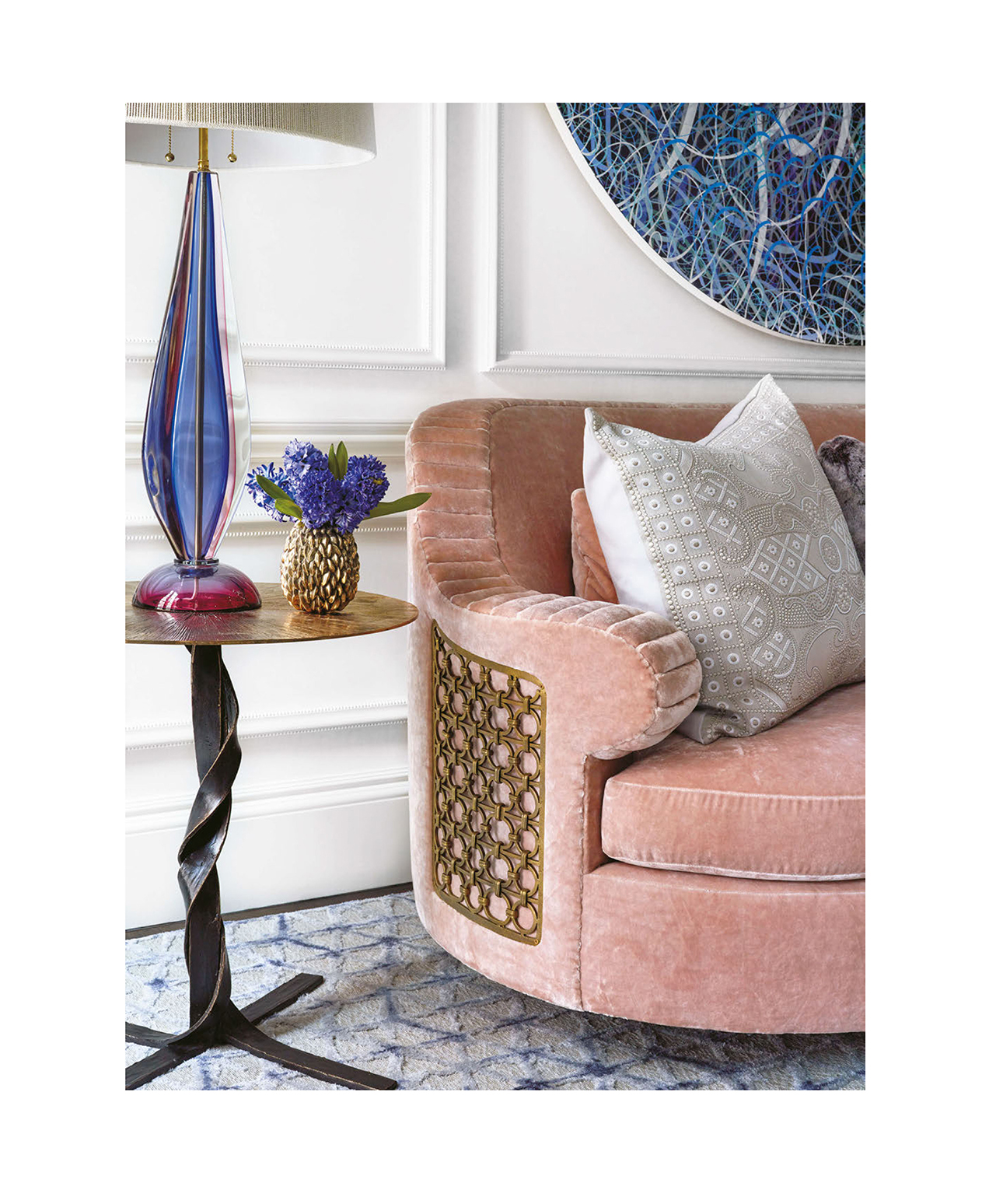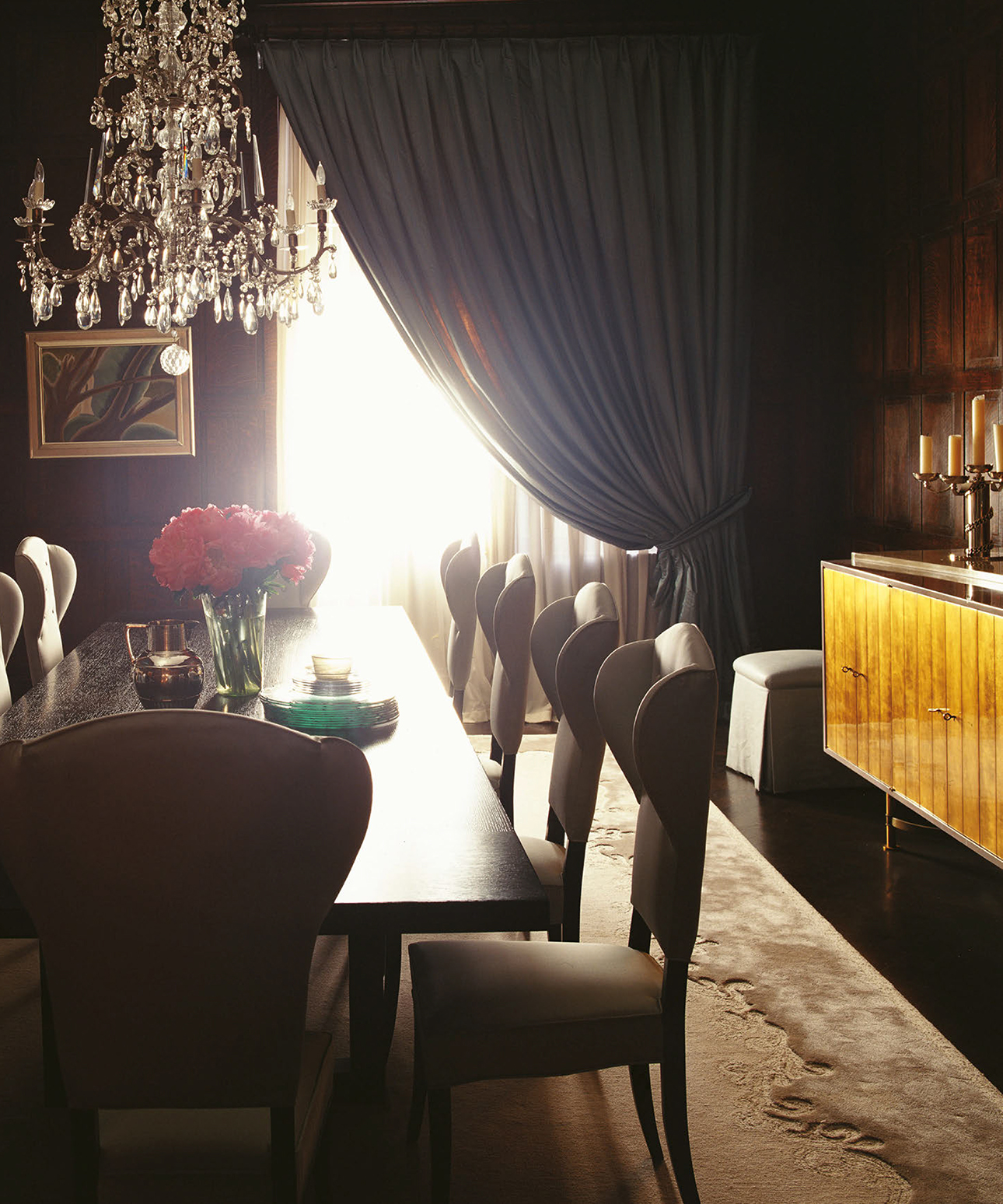
Foreword
Why am I writing an intro to a design book? Read on
A few summers ago, my wife Susan and I were looking for a summer rental in
the Hamptons. We must have viewed at least seventy-five properties, many of
which boasted top-drawer designers and the like, but there was a clear standout:
Joe Nahem and his partner Jeffs Amagansett home. From the overall layout
and flow of the home to the small details, like the kitchen table and chairs (which
reminded me of the lobby bar at Pariss LHotel), it had the vibe of an inviting,
sophisticated, and curated space. Joe had clearly put much thought into how folks
live, eat, congregate, and chill in their homes. We rented the place, and our kids
had a blast; too many relatives visited, and many fond memories were made.
That couldve been the end of the story, but the Mrs. said, We have to meet
them. Theyd have great ideas for our new place out West. I called Joe to see if
we could have lunch before the lease expired. By the time our salad plates were
cleared, we were old pals. We now have two exciting projects with Fox-Nahem:
one is a modern Binishell in Malibu, the other is a classic Windmill estate in East
Hampton (acquired partly due to Joes strong recommend, lets say).
Our previous experience with designers was sucky. Wed pretty much surrender
to the
will of the experts
, then harbor a white-hot resentment. Nothing was within
budget, it wasnt actually collaborative, and the pressure allowed for little levity.
Designing your home is supposed to be fun, but it needs to get
done
. Enter
Joeaka force of natureNahem. He is calm and available, curious and
confident, always playing with new materials, shapes, colors, and textiles, while
exhaustively cultivating relationships with emerging artisans.
When necessary, he employs Jedi mind tricks, smirks, frowns, eye-rolls, or
impassioned pleas, and if all else fails, Joe will allow us our occasional folly. Yet,
Mrs. Downey and I have enjoyed a remarkable collaboration with the entire Fox-
Nahem team. Weve been pushed out of our comfort zone without losing our
personal sense of style, taste, or dignity. Joe is almost always right in his design
decisions without being unreasonable or smarmy. Its been an education to say
the least.
The proof, however, is in yonder pudding. What follows is a heaping tablespoon
of it. So, I guess Im writing this opener because I suspect our several Fox-Nahem
projects might make it into the
next
book. Maybe youll write the intro to
that
one?
Robert Downey Jr.

Introduction
Sometimes, not often, the worlds of art, fashion, architecture, and interior design
overlap. When this occurs, we tend to see it in the similarities of the physical mani-
festations. Alexander McQueens obsessive attention to details, the whimsical
collage quality of Tony Duquette, or the minimalist appeal of John Pawson all carry
direct, formal associations to the world of fine art and artists. But what if we were
to consider the notion of a shared strategy among creative disciplines and not limit
our understanding of the work to the similarities of the physical manifestations?
Can an interior designer, for example, play with signification, a strategy more com-
monly associated with todays art world than with that of decoration? What would
that look like, and how would we read it?
I started to ask myself this question as I was working with Joe Nahem and his
partner Jeff Fields on this book. Yes, many of the homes Joe has designed, which
I am very proud to present here, host important works of contemporary art, but
they are just as likely to host handcrafted custom furnishings or complex architec-
tural details of Joes design, as well as bespoke fabrics, textiles, and finishes by
other artisans.
As this collection of Joes work was coming together, I noticed that somehow
he was doing more than installing blue-chip works of contemporary art adjacent
to exquisite antique, vintage, and new furnishings. It occurred to me that on many
occasions the manner in which those works were installed, how they relate to the
surroundings Joe has created for them, and, therefore, the context within which
we perceive them actually changed how I was reading both the works of art and
the environments Joe had created. Somehow the distinctions between decorator
and curator were merging together. The term decorator, I discovered, describes
the individual charged with the task of making something look more attractive by
adding extra items or images to it. A curator, on the other hand, is defined as a
manager or overseer of a cultural institution; a content specialist charged with an
institutions collections and involved with the interpretation of such material.


